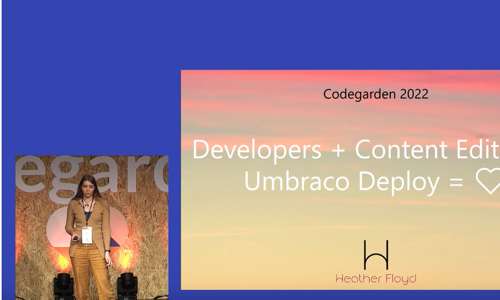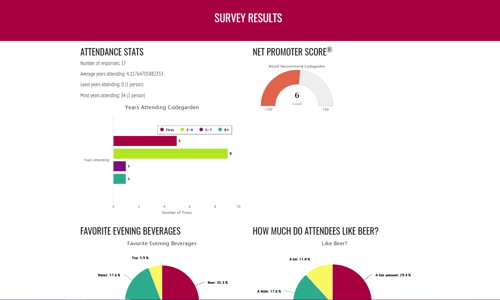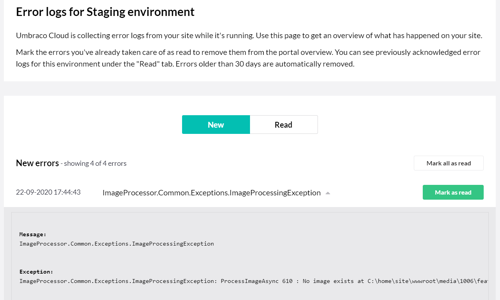Over 12 years ago I undertook a small research project – to find a Content Management System I could use for client websites. I had no idea how it would change my life.
At the time I was providing various technology consulting services, including website development using ASP.Net. First, I investigated CMS’s in general – and tried out various non-ASP.Net options, but my biggest frustration was that I could see that all the systems I was looking at would require custom programming to create the type of websites I needed to. Considering my existing experience with .Net, I revised my search and turned up only three ASP.Net CMS’s: Sitecore – which, with its massive per-site license fee, was way outside the budget of my current clients; Dot Net Nuke, an open source option, which just looked like a hodge-podge mess to me; and Umbraco, an obscure open-source system created by a guy in Denmark.
Umbraco was intriguing, though. It didn’t assume anything about the type of website you were going to create. There was no built-in structure defining what a “Page” or a “Blog Post” might be. Once installed, the website itself was completely empty – no pages, no design, nothing. I immediately loved it. I had started programming from the database-side (Access Databases, to be precise, then SQL Server), and Umbraco allowed me to define my website structure like creating database tables from scratch.
The learning curve was steep, though. The version of Umbraco at the time relied on XSLT to display dynamic elements on-page. I was barely familiar with XML. It took me 6 months to create my first website, a pro-bono project for a small non-profit. During that time, documentation for Umbraco was nearly non-existent, but there was a Yahoo! group email list where developers would ask and answer questions. I became very active on the email list, relying on assistance from the kind souls who provided guidance and code samples. There was talk about a conference, Codegarden, which was happening in Copenhagen, Denmark where Umbraco developers from around the world would be gathering. It didn’t even cross my mind to attend. It was so far out of my reach. But then one of the other USA-based developers, Doug Robar, posted to the Yahoo! group suggesting that travel to Denmark for us in the United States was prohibitively expensive… but perhaps travel to Louisville, KY would be a possibility? He asked for a show of interest among developers who would be willing to travel to his home where he would host a much smaller version of Codegarden. We would all contribute a bit of money, which, once pooled together, would pay for Niels Hartvig, Umbraco’s founder, to travel there as well from Denmark. I had never done something like this before – travelling by myself to meet a bunch of strangers, but I signed up to go. Five other developers travelled to Doug’s house for the first-ever Umbraco USA Retreat. For me, that journey was the beginning of becoming a part of one of the most amazing communities in technology.
Since that first retreat years ago, I have been fortunate to attend – and speak at – Codegarden and US Umbraco “Festivals” several times.
I have just returned from Codegarden 2018, where there were two speakers – neither are Umbraco developers, or even in the technology industry – who spoke about topics related to community and happiness, which are relevant to my experience with the Umbraco community.
Alexander Kjerulf a “Chief Happiness Officer” spoke about extrinsic and intrinsic motivations at work, which can be summed-up as “You need to have more than a salary and a job title to make you happy at work.” Tor Nørretranders, a scholar, in his talk “The more we are together ...” discussed the history of scientific research and the “gift economy” – where work is done and information shared with no exchange of money expected. These two themes together explain a lot about the Umbraco developer community, and my own happiness with my work. In the projects I do for clients, as well as community projects I contribute to, I get to experience more than just a career or cash-in-the-bank… I get pleasure and satisfaction from solving challenges, creating something new from bits-and-bytes, and helping others achieve their goals. And I’m blessed to be able to do it surrounded by an international network of friends and colleagues who are still generously answering questions, lending perspective, and sharing code.








